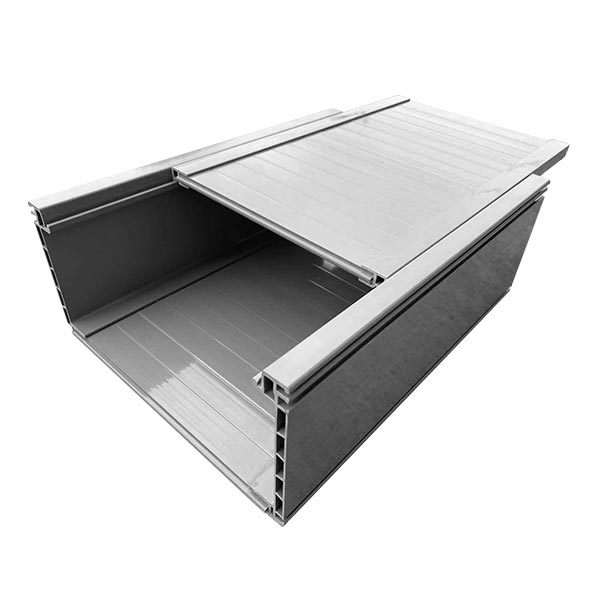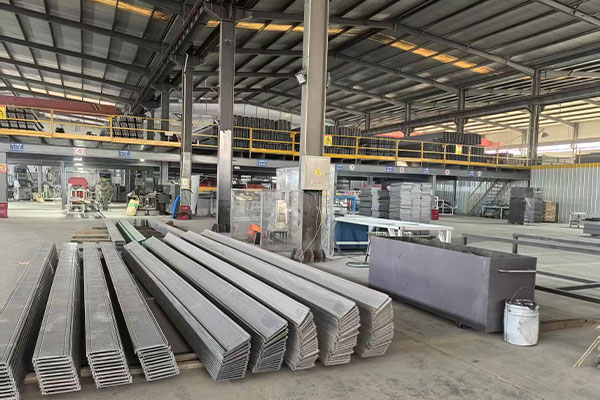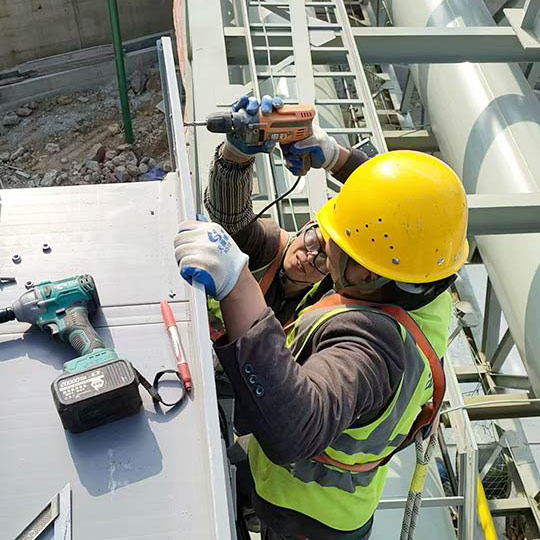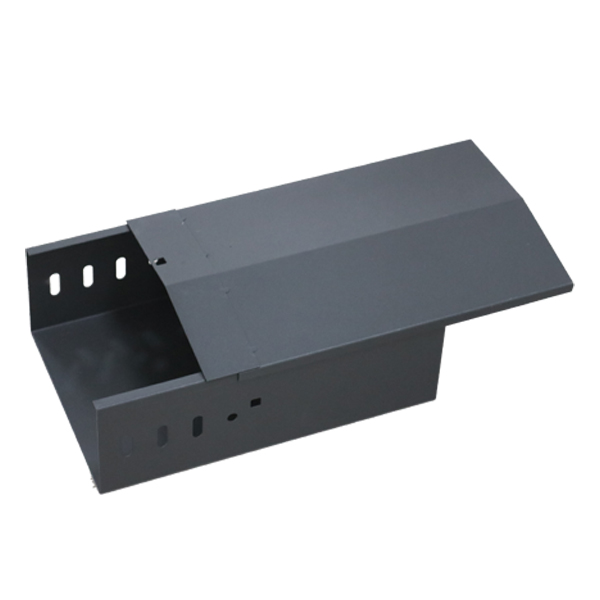Table of Contents
Introduction
Selecting the right material for outdoor cable trays is critical for durability, safety, and performance. Outdoor environments expose electrical systems to sunlight, moisture, wind, chemical vapors, and temperature fluctuations. Choosing materials that resist corrosion, UV damage, and mechanical stress ensures long-term reliability and reduces maintenance costs. In this guide, we’ll explore the best materials for outdoor cable tray systems, their properties, advantages, and ideal applications.

Key Factors in Choosing Materials
When selecting outdoor cable tray materials, consider:
- Corrosion Resistance: Essential for coastal, industrial, or humid environments.
- Strength and Load Capacity: Material must support heavy electrical cables and resist deformation.
- UV and Weather Resistance: Prevents cracking, fading, or weakening from sunlight.
- Thermal Expansion: Metal trays expand with heat; materials should tolerate temperature changes.
- Maintenance Requirements: Low-maintenance materials reduce operational costs over time.
Common Materials for Outdoor Cable Trays
| Material | Properties | Advantages | Recommended Applications |
|---|---|---|---|
| Stainless Steel | High strength, rust-proof, UV resistant | Long lifespan, low maintenance | Coastal sites, industrial plants, chemical facilities |
| Galvanized Steel | Zinc-coated for corrosion resistance | Cost-effective, widely available | General outdoor installations, warehouses, power stations |
| FRP (Fiberglass Reinforced Plastic) | Lightweight, UV and chemical resistant | Excellent corrosion resistance, low maintenance | Chemical plants, coastal areas, renewable energy facilities |
| Aluminum | Lightweight, corrosion-resistant, non-magnetic | Easy to install, suitable for rooftop and offshore | Solar farms, offshore platforms, lightweight structures |
| PVC-Coated Steel | Weatherproof and impact-resistant | Moderate cost, protects underlying metal | Outdoor commercial projects, industrial yards |
According to industry analysis by MarketsandMarkets (2024), the adoption of FRP and stainless steel cable trays for outdoor projects has increased by over 15% annually due to their superior corrosion resistance and low maintenance needs.
Advantages of Stainless Steel Outdoor Cable Trays
Stainless steel is one of the most durable options for outdoor installations:
- Superior corrosion and rust resistance even in harsh environments
- Long service life with minimal maintenance
- High load-bearing capacity for heavy power and control cables
- Suitable for ladder, perforated, and channel designs
- Fully compliant with international fire and safety standards
Benefits of FRP Cable Trays for Outdoor Use
Fiberglass Reinforced Plastic trays offer unique benefits for demanding outdoor conditions:
- Lightweight, reducing support structure costs
- UV and chemical-resistant, ideal for industrial plants
- Non-conductive, providing additional electrical safety
- Low maintenance and long service life
- Flexible designs for customized installations
Comparing Galvanized and Aluminum Cable Trays
- Galvanized Steel: Economical, provides moderate corrosion protection, suitable for general outdoor environments. Periodic inspection required to maintain coating integrity.
- Aluminum: Lightweight, naturally corrosion-resistant, excellent for rooftop and offshore projects. Easier to handle but usually higher cost than galvanized steel.
Installation Considerations for Different Materials
- Stainless steel and FRP trays require compatible clamps, fittings, and supports to prevent galvanic corrosion or material fatigue.
- Proper spacing and drainage are essential to prevent water accumulation, especially in perforated and ladder trays.
- Load calculations must account for cable weight, wind, and snow loads for outdoor environments.

Long-Term Maintenance and Performance
- Stainless steel and FRP offer minimal maintenance, reducing downtime and inspection costs.
- Galvanized and aluminum trays may require periodic checks, especially in coastal or highly humid areas.
- Protecting trays from physical damage, ensuring proper grounding, and maintaining clean surfaces are essential for all materials.
Conclusion
Choosing the right material for outdoor cable tray systems ensures durability, safety, and minimal maintenance. Stainless steel and FRP lead in corrosion resistance and longevity, while galvanized steel and aluminum offer cost-effective solutions for general applications. By selecting the appropriate material, you can maximize the reliability and lifespan of your outdoor cable management system.
Ensure your project’s electrical safety and longevity—contact Yidian today for expert consultation and high-quality outdoor cable trays.
FAQ
Which material lasts longest for outdoor cable trays?
Stainless steel generally has the longest lifespan, especially in corrosive or coastal environments.
Can FRP trays be used in high-temperature outdoor conditions?
Yes, FRP is designed to withstand a wide temperature range while remaining corrosion-resistant.
Is galvanized steel suitable for coastal areas?
It can be used but may require additional coatings or more frequent inspections due to salt exposure.
Which material is easiest to install for large-scale projects?
Aluminum and FRP are lightweight, making them easier to handle during installation.
Does Yidian offer customized outdoor cable tray materials?
Yes, Yidian provides tailored solutions in stainless steel, FRP, galvanized steel, and aluminum to meet project-specific requirements.



